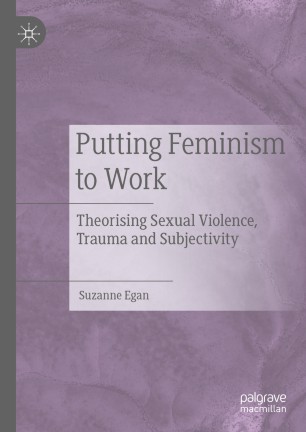

Most ebook files are in PDF format, so you can easily read them using various software such as Foxit Reader or directly on the Google Chrome browser.
Some ebook files are released by publishers in other formats such as .awz, .mobi, .epub, .fb2, etc. You may need to install specific software to read these formats on mobile/PC, such as Calibre.
Please read the tutorial at this link: https://ebookbell.com/faq
We offer FREE conversion to the popular formats you request; however, this may take some time. Therefore, right after payment, please email us, and we will try to provide the service as quickly as possible.
For some exceptional file formats or broken links (if any), please refrain from opening any disputes. Instead, email us first, and we will try to assist within a maximum of 6 hours.
EbookBell Team

4.3
58 reviewsThis book explores the place of feminism and uptake of trauma in contemporary work against sexual violence. Egan presents a refreshing alternative position on arguments about the co-optation or erasure of feminism within institutionalized, professionalized services for sexual assault victims. Using original research on Australian sexual assault services, Putting Feminism to Work effectively illustrates how feminist concepts and ideas have become routinized in contemporary services and enacted in daily practices with survivors and communities. The book engages with, yet resists, the notion that feminist engagement with knowledge (trauma) based in psychiatry and clinical psychology is incompatible with feminism or inevitably reduces sexual violence to a problem of individual healing. Indeed Egan argues that the productive ways practitioners integrate neurobiological understandings of trauma into their work suggests rich possibilities for reintroducing a non-essentialist biology of the body into feminist theories of sexual violence.
Scholars, students and practitioners working in the fields of violence against women, sociology, women’s and gender studies, health, social work and policy studies, as well as the emerging field of sociologically informed trauma studies, will find this book of interest.